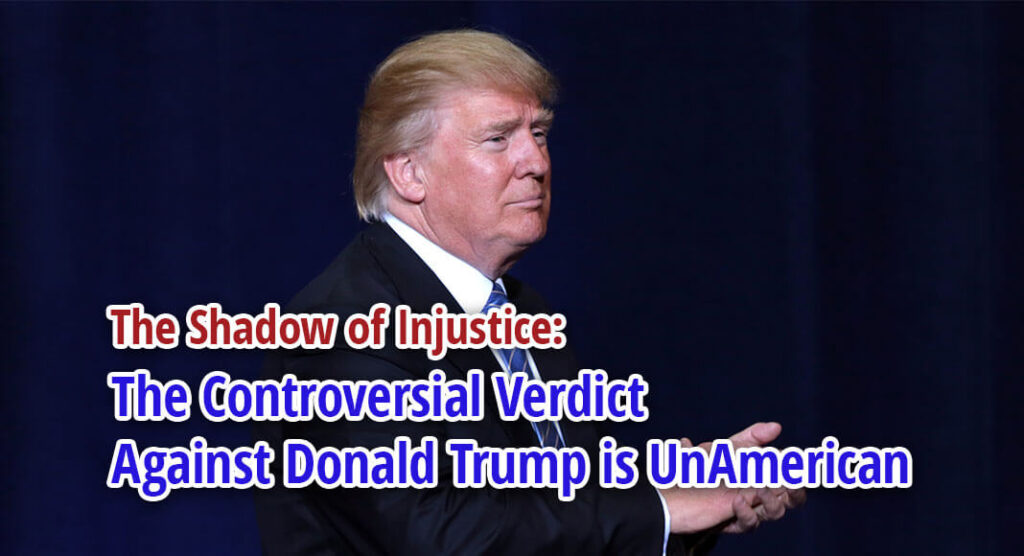
Texas Border Business
By Roberto Hugo González
In a startling turn of events that has sent shockwaves through the United States, a verdict announced on February 16, 2024, in New York, has ignited controversy and debate about the fairness and integrity of the country’s judicial system. At the middle of this legal maelstrom is former President Donald J. Trump, a figure no stranger to legal scrutiny, but the circumstances surrounding this latest ruling have left even the most seasoned legal analysts puzzled.
The case, which concluded with a staggering $355 million fine against Trump, has raised more questions than answers. The fine was levied in connection with allegations against Trump’s business practices, yet the absence of a clear injured party or financial institution claiming to have been defrauded by Trump’s operations has led many to question the basis of the judgment. This lack of an apparent victim has fueled speculation and criticism, suggesting that the verdict may have been driven more by political motivations than by legal precedent or evidence.
Trump’s response to the verdict was swift and unambiguous. On his TRUTH Platform, he lambasted the decision, characterizing it as the result of a biased judicial process overseen by a “Crooked New York State Judge” and a “Corrupt Attorney General,” Tish James, whom he accused of pursuing a vendetta against him. Trump’s statement paints a picture of a legal system compromised by partisanship and personal animosities, culminating in what he describes as an “illegal, unAmerican judgment” against him and his business empire.
Central to Trump’s critique is the claim that the case against him was lacking tangible victims or damages. He argues that the financial institutions and insurance companies involved were not only unharmed but indeed profited from their associations with his company. Trump also highlights the valuation of his assets, particularly the Mar-a-Lago Club, which he contends was grossly underestimated. Additionally, he points to procedural irregularities, such as the imposition of a gag order and the denial of a jury trial, as evidence of a flawed legal process.
Perhaps most controversially, Trump asserts that the case had effectively been resolved in his favor by an appellate division ruling based on the statute of limitations, a point that emphasizes the contentious nature of the legal proceedings. He vows to continue fighting what he perceives as a politically motivated persecution, encapsulated in his rallying cry to “MAKE AMERICA GREAT AGAIN!”
The fallout from this case extends beyond the legal arena, touching upon larger themes of justice, fairness, and the politicization of the American judicial system. Critics of the verdict see it as symptomatic of a deeper sickness afflicting the country’s institutions, where legal battles are increasingly viewed through the optical prism of political affiliation rather than the merits of the case.
Supporters of the judgment, meanwhile, argue that it holds a powerful individual accountable, highlighting the need for transparency and ethical conduct in business and governance. However, the absence of clear, direct victims in the case complicates narratives of accountability and justice served.
As the dust settles on this latest chapter in Trump’s tumultuous relationship with the legal system, the debate over the verdict’s legitimacy and its implications for the rule of law in America is unlikely to diminish. What is clear is that the case has become a flashpoint for bigger discussions about justice, power, and the potential for political influence to shape legal outcomes. In the end, the shadow of injustice that hangs over this verdict serves as a blatant reminder of the challenges facing America’s judiciary in an era of unprecedented division and scrutiny.














